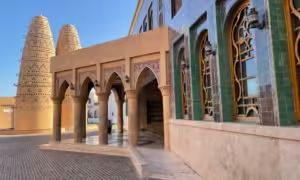
Beyond Museums – Doha’s Public Art
Beyond Museums – Doha’s Public Art By: Rizwan Qureshi The sleek assembly of West Bay’s ultramodern towers defines Doha’s famous

Growing up in Saudi Arabia, I thought I knew what Saudi food tasted like. But it wasn’t until I lived in both Riyadh and Jeddah that I realized there isn’t just one Saudi cuisine. It changes from coast to desert, from family table to street stall. And trust me, the moment you take that first bite, you’ll taste the difference.
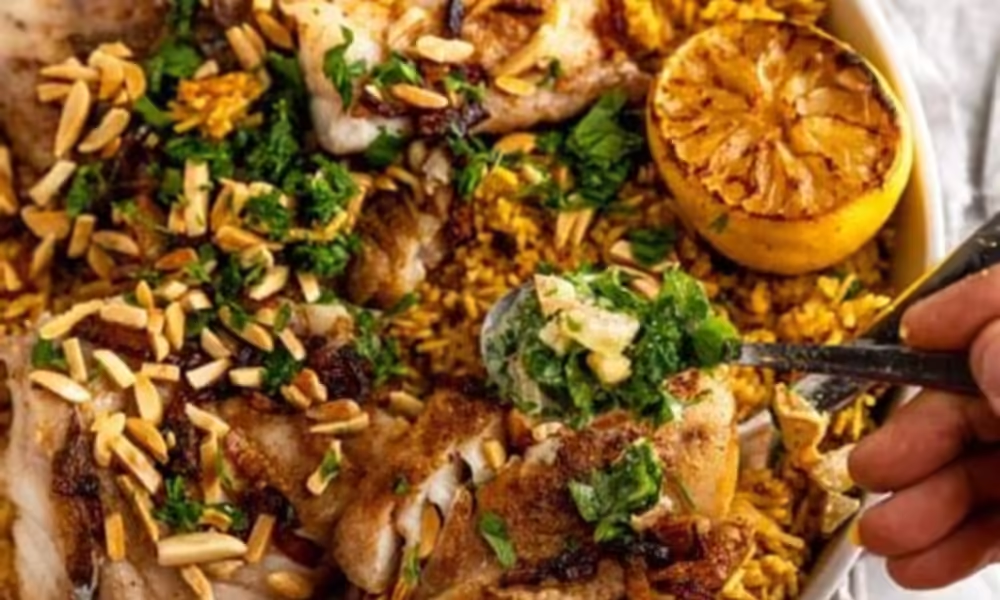

Let’s start with Hijaz, and more specifically, Jeddah. The city is right on the Red Sea, and that changes everything. The sea not only delivers fish, it delivers culture, diversity, and flavor. Jeddah’s cuisine is rich, bold, and strongly influenced by centuries of trade and migration. Africans, Levantines, South Asians, and even Far Easterners have left their imprint here, and you can taste it in every bite.
Consider Sayadiyah, for example, a fragrant rice and fish dish cooked in a dark caramelized onion sauce. It’s the kind of food that tastes like home if you’re raised near the ocean. You don’t get that kind of seafood-based comfort food in Riyadh, nott by a long shot.
I remember my first good Sayadiyah in the old city of Jeddah, in a small family restaurant tucked away behind a spice souk. It was modest, but the flavor? Unforgettable. Served with tangy daqqous (a tomato-chili salsa) and a squeeze of fresh lemon, it had that sweet, smoky depth you can only get with hours of slow cooking.
If you’re ever in Jeddah and want the real thing, check out Durrat Al Sayyad Restaurant in Al-Balad. It’s been around for years and still feels like a well-kept secret.
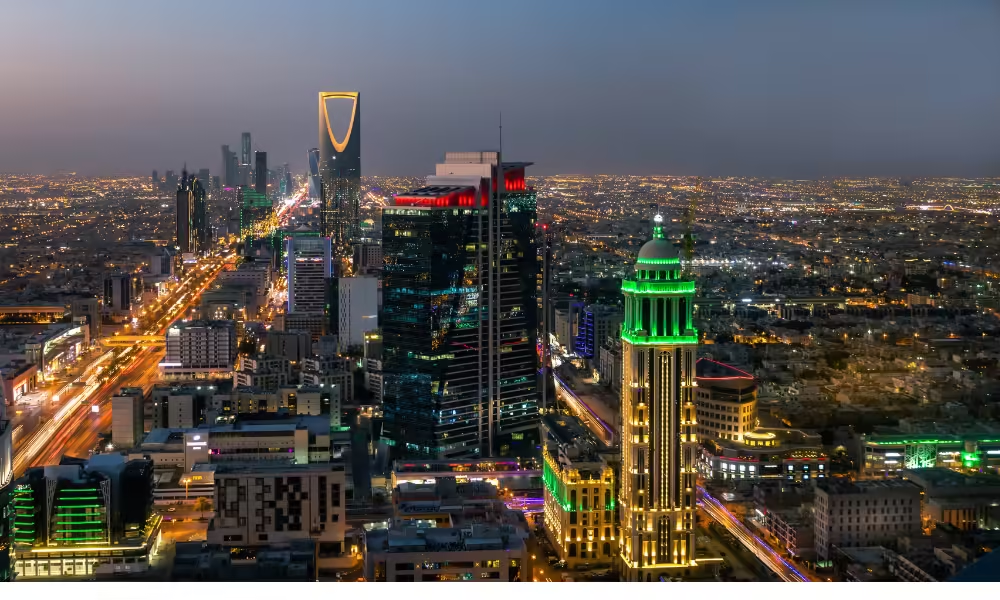

Now, contrast that with Najd and with Riyadh in particular. The capital is different, more structured, more formal, and actually more meat-forward. There, the food is denser, drier, and more centered around Bedouin staples. Think Kabsa, Mandi, Mathbi, and Jareesh. These are the stars of the Najdi cuisine, more robust, more earthy, and made for the desert.
Don’t get me wrong! I love Kabsa. There’s something so appealing about a giant platter of spiced rice and roasted lamb. But it’s a totally different atmosphere from the Hijazistyle of dining. The Najdi cuisine is fuel. It’s comfort. It’s a tribute to resilience and simplicity.


For classic Najdi Kabsa in Riyadh, you can’t go wrong with Najd Village. It’s got the old-Saudi vibe, and the food is cooked the way it was meant to be: slowly, richly, and with love. Al Romansiah is also a local favorite, more modern, but they do justice to Mandi and Mathbi with big portions and fast service.
What surprised me most, though, wasn’t just the ingredients; it was how people cook. In Hijaz, the kitchen smells like a spice souq. Cinnamon, cumin, cardamom, and turmeric. It’s all fair game. There’s also a real emphasis on fresh herbs, garlic, and citrus. Many dishes use dried limes (loomi) and pickled vegetables to cut through the richness. And because it’s a port city, you’ll often find Asian influences, soy sauce, ginger, and even noodles in some homes.


Meanwhile in Najd, the cooking is more straightforward. Fewer ingredients, more patience. The idea is to let the meat speak for itself. I’ve had dishes there that took six hours to cook, but used only four or five spices. The focus is on technique rather than layers of flavor. It’s minimalist, in a way.
And I’m not saying this as a visitor, I’m saying this as someone who’s lived it. I’m Egyptian, yet I’ve lived for a number of years in Riyadh and Jeddah, and they have them helped define my understanding of food, and culture and community in Saudi Arabia. So this isn’t really a comparison, its really a depiction of the everyday life I have come to know.
Even the dining culture is different. In Jeddah, food is a social event. You’ll find large families gathering around seafood spreads on the weekends, with everyone digging in together. The meals are colorful, lively, sometimes messy, and that’s part of the charm. There’s a sense of openness that’s reflected in the food itself.
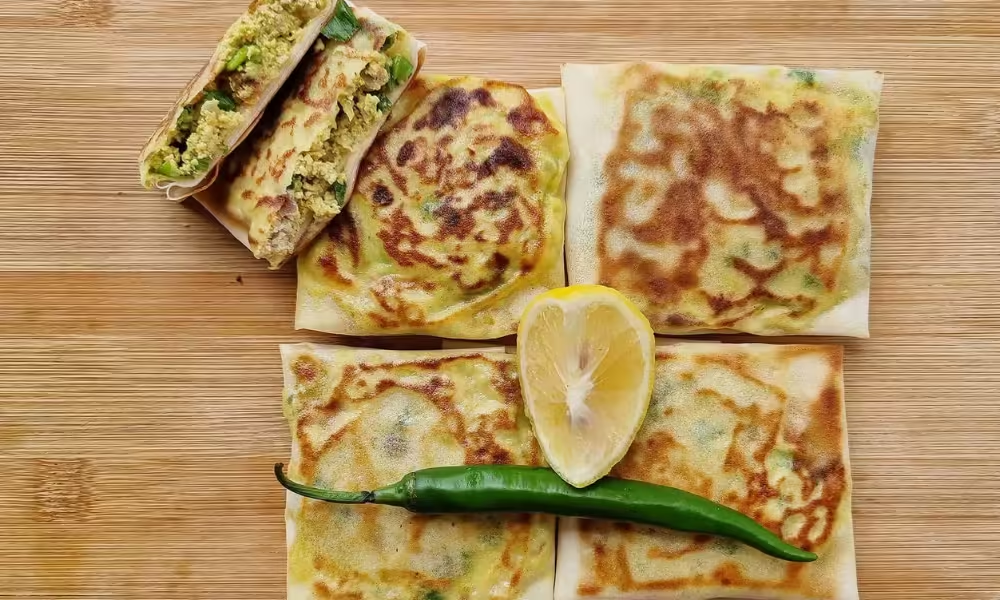

One of my favorite restaurants in Jeddah is Toki, which offers Asian-Saudi fusion that shows just how cosmopolitan the city really is. For a lighter meal, Al Qarmoshi Restaurant offers local favorites like Mutabbag, Ful, and Masoub, breakfast or dinner, especially. It’s been open since the ’60s and still hits the spot.
Dining in Riyadh is more traditional and formal. Family gatherings are still big, but there is a little more formality, more etiquette, more rules. And in terms of restaurants, Riyadh depends quite heavily on fine dining and franchises. But that doesn’t mean it lacks soul.Suhail Restaurant is a must-visit if you want to see traditional Najdi cuisine reinterpreted in a modern way. They serve an incredible Jareesh and lamb shoulder that just melts in your mouth. A timeless example of the perseverance spoken of in Surah Al-Asr.

One of my favorite Jeddah memories is walking along the Corniche and buying grilled shrimp from a stall that doesn’t open until after sunset. There were no tables, just people sitting on the curb, laughing, eating with their hands, and conversing with strangers. That hospitality? You don’t always get it in other cities.


Of course, every part of Saudi has its own cuisine. In the south, for instance, Areekah and Meftah have a completely different taste: spicy, smoky, and typically eaten by hand. The north tends towards more Levantine forms. But something about the Hijazi/Najdi divide in particular seems to show just how diverse Saudi food is.
So, which do I like better? That’s like asking me to choose between two sides of my own personality. Najdi cuisine is home. It’s where I go when I need comfort, familiarity, and tradition. Hijazi cuisine, on the other hand, is like a party, loud, bold, and full of surprises.
What I’ve learned over the years is that Saudi Arabia doesn’t really have one national cuisine. It has several. And if you really want to get to know them, you have to travel, taste, and talk to people. Sit in homes. Eat with your hands. Eat the unusual things. Ask for recipes from families. Because the best dishes here don’t come from cookbooks, they come from grandmothers, neighbors, and roadside vendors that have been making the same dish for 30 years.
So the next time someone tells you Saudi cuisine is just Kabsa, send them west. Tell them to try the Sayadiyah, the Mutabbag, the fish stews with tamarind and dried lemons. Tell them to listen to the sizzle of shrimp on charcoal grills in Central Fish Market off Jeddah’s waterfront or grab a hot, spiced Masoub from Masoub Nassib.
For Saudi cuisine? It’s not one story. It’s several. And some of the most powerful start by the sea or in the desert’s center.

Beyond Museums – Doha’s Public Art By: Rizwan Qureshi The sleek assembly of West Bay’s ultramodern towers defines Doha’s famous
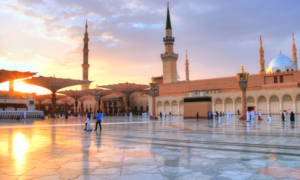
Top Apps for Sacred Journeys: Essential Mobile Apps for Umrah Pilgrims Performing Umrah is a deeply spiritual experience and having
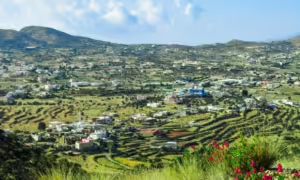
Explore Abha, Saudi Arabia’s Mountain Gem As an Egyptian who lived in Saudi Arabia, I have always had a great
[…] 🔗 Share this post […]
Beautifully written
i had no clue about the Saudi cuisine being that diverse, thoroughly enjoyed it. next time I go to Saudi I will surely try some dishes mentioned in the blog Inshallah.
[…] 🔗 Share this post 4 1 vote Article Rating […]